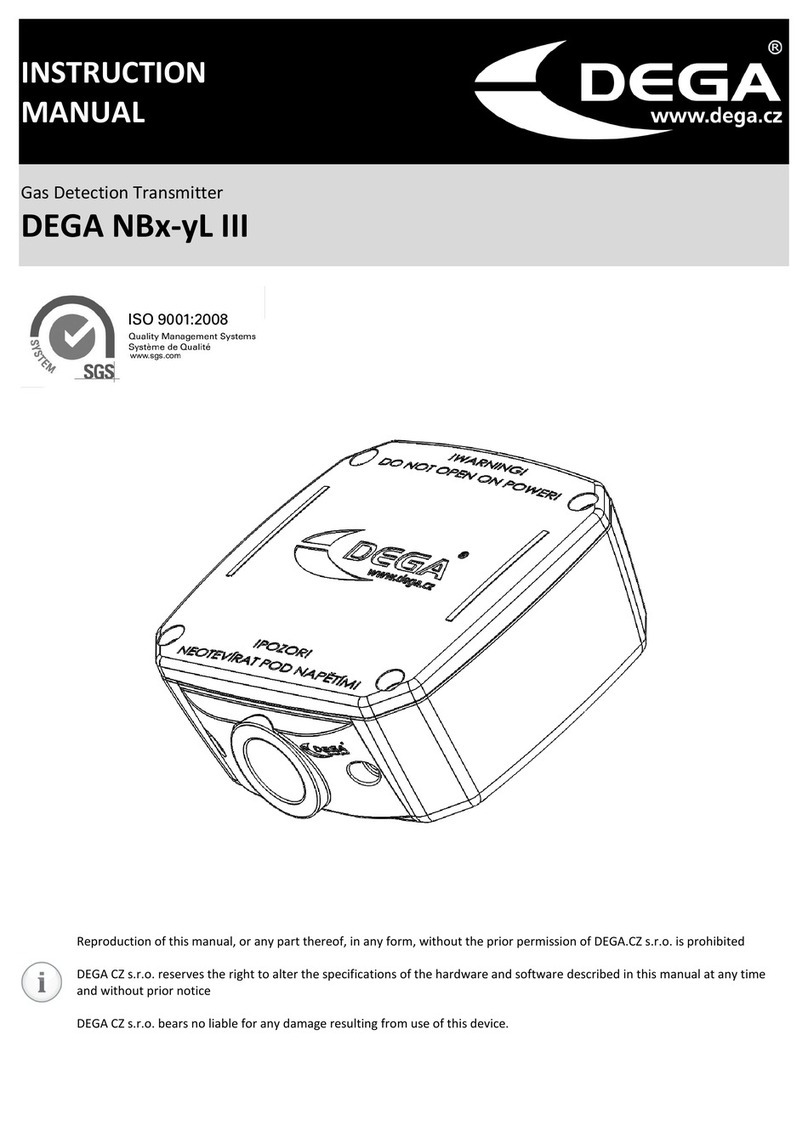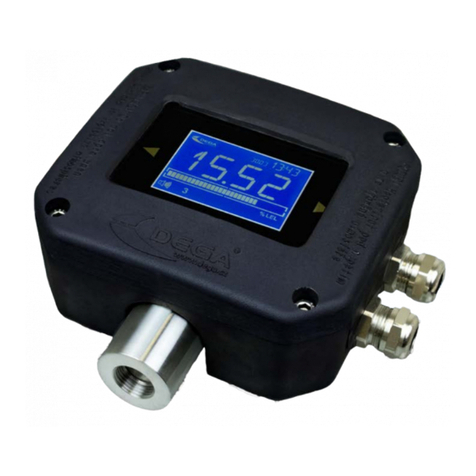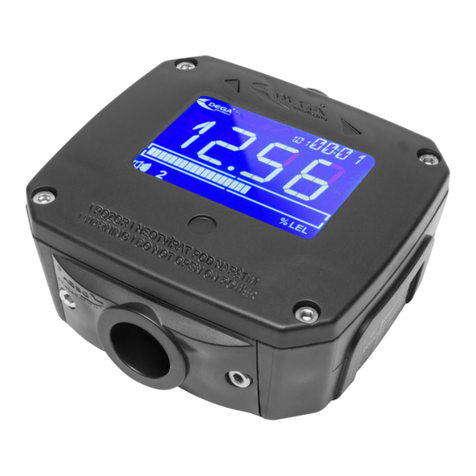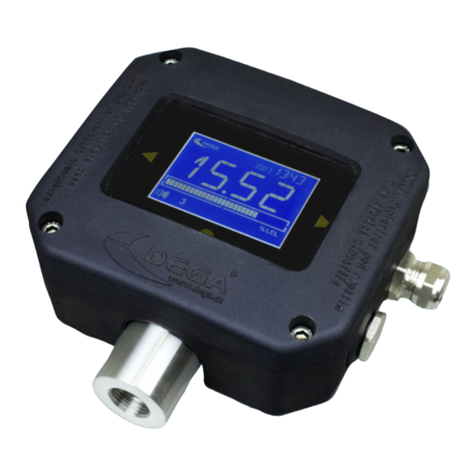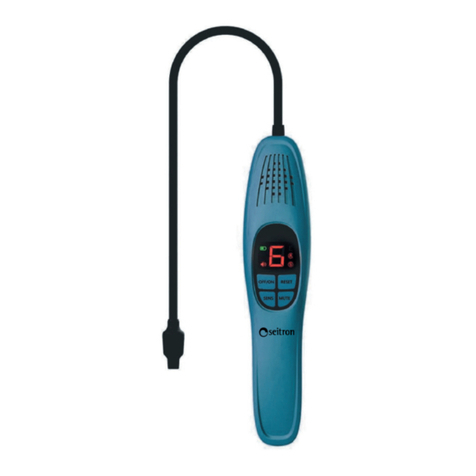
Content
For your safety ..................................................................................................................................................................................3
Technical data and information........................................................................................................................................................3
Operational conditions .....................................................................................................................................................................4
Terminology ......................................................................................................................................................................................4
Product description...........................................................................................................................................................................5
Instalation, assembly and disassembly of the transmitter...............................................................................................................6
1. Assembly of the transmitter .................................................................................................................................................6
2. Replacement of the sensor module......................................................................................................................................6
3. Replacement of the battery..................................................................................................................................................6
4. Connecting the transmitter via current loop to the controler DEGA UPA II DEGA UPA III a DEGA UDA III..........................6
5. Connecting the sensor via RS485 to the controller DEGA UPA III/UDA III............................................................................7
6. Installation of wiring for RS485.............................................................................................................................................7
Selecting the appropriate type of cable depends on the fire report and the protocol for determining external influences. ....7
7. Setting the RS485 adress of the transmitter.........................................................................................................................7
8. Terminating resistor..............................................................................................................................................................7
9. Communication protocol switch DEGA/MODBUS................................................................................................................8
Transmitter functions .......................................................................................................................................................................8
1. Turning on the transmitter ...................................................................................................................................................8
2. Gas detection ........................................................................................................................................................................8
3. Malfunction...........................................................................................................................................................................8
4. Monitoring the calibration periods.......................................................................................................................................8
5. Reading the record of measured concentrations and alarms ..............................................................................................8
Transmitter controls .........................................................................................................................................................................9
1. History menu „HIST“ ...........................................................................................................................................................10
2. Information menu „INF“ .....................................................................................................................................................10
3. Settings menu „SET“ ...........................................................................................................................................................11
4. Test menu „TEST“ ...............................................................................................................................................................13
Operation, maintenance, inspection and service of the transmitter .............................................................................................14
1. Usage limits.........................................................................................................................................................................14
2. Operation............................................................................................................................................................................14
3. Operation/Maintenance .....................................................................................................................................................14
Accessories and basic types of transmitters...................................................................................................................................15
1. Calibration adapter/connection to the gas pump DEGA GAS INLET ..................................................................................15
2. Cover against splashing water DEGA WATER CAP..............................................................................................................15
3. Funnel for gas collection DEGA COLLECT CAP ....................................................................................................................15
4. Additional Ex „d“ bushing DEGA BUSHING pro NSxII..........................................................................................................15
Basic type of transmitters...............................................................................................................................................................15
1. Transmitters with a catalytic sensor NSx-CL III LCD............................................................................................................15
2. Transmitters with an electrochemical sensor NSx-EL III LCD..............................................................................................15
3. Transmitters with an infrared sensor NSx-IL III LCD ...........................................................................................................17
4. Transmitters with a semiconductor sensor NSx-SL III LCD .................................................................................................18
Attachments....................................................................................................................................................................................19
1. Chart for setting the transmitter adress.............................................................................................................................19
2. Table of error codes............................................................................................................................................................19
3. Signalization transmitted by the current loop 4-20mA ......................................................................................................20
4. Package content..................................................................................................................................................................20
General warranty terms and conditions.........................................................................................................................................21





